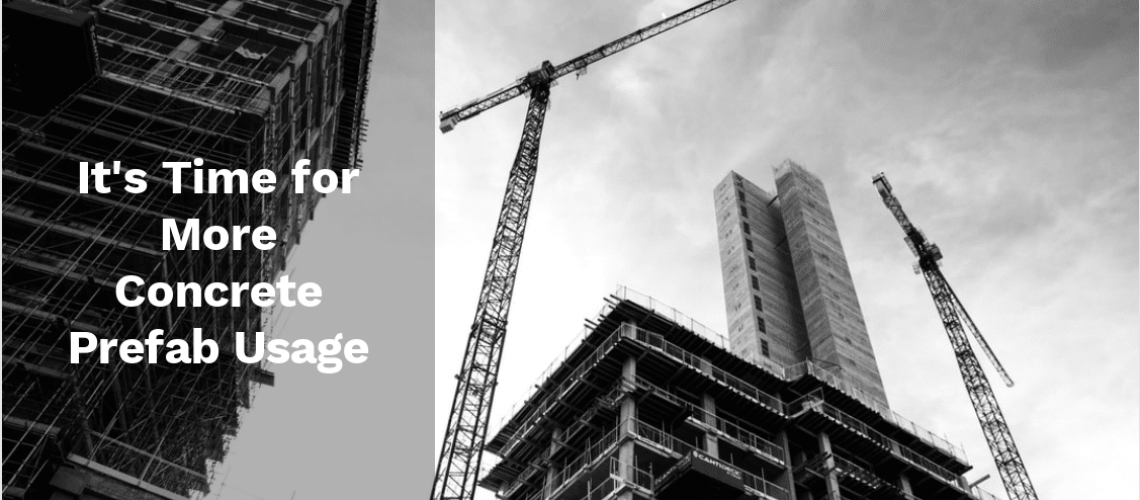Prefab construction technology is gaining ground in the U.S., and for good reason. It offers a variety of benefits across all sectors where it’s used despite being a small player in most sectors.
In the concrete business, precast and prestressed components have been used for years, especially in civil and commercial projects, but deserve vastly wider usage. Why?
Concrete’s strong points compare favorably with other materials, and it offers intrinsic advantages that make it a superior choice in more applications. Pest resistance, decay resistance, and fire resistance jump to mind instantly, as do thermal mass and incredible compressive strength. Concrete is locally available compared to steel. The U.S. has thousands of block and ready-mix plants cranking out building materials. Most building sites are close to these facilities greatly reducing infrastructure load and environmental impact.
Bringing the prefabrication element to commercial concrete construction is certainly not a new idea, (remember Frank Lloyd Wright’s Johnson Wax building?) but innovative approaches are proving that concrete can replace steel, for example, in many applications that would have been uncommon a couple of decades ago.
Constructive LLC Director of Marketing Jim Gendron wrote this article 10 years ago about creating lintels for a school project that would typically use steel. Working with structural engineers and masonry professionals, he figured out a way to pre-cast the 120 needed lintels off site in a timely and cost-effective way.
In the ten years since that article was published, prefabricated concrete usage has advanced, but there’s still room for huge gains. CAD and other computer technologies which implement BIM coupled with advances in factory technology, have helped manufacturers take projects from specs to panels faster while delivering better results.
According to Constructive LLC, offsite precasting benefits include consistent conditions indoors at the factory, which is a bonus for both workers and materials; no weather-related delays, which is a benefit for the schedule; and decreased on-site storage and working space needs.
Cost benefits can be substantial, as well, when using prefabricated concrete. As most of you would attest, you and your team will refine your methods with practice, teasing out more efficiency as you go. This applies to prefabrication as well, and Constructive claims masonry contractors can save $2.27 per square foot of wall panel, saving 20 percent compared to site-built. General contractors will see benefits with more accurate scheduling and shorter project timeframes; reduced weather exposure for materials, equipment, and employees; and more convenient management of materials.
A 20 percent net savings would be huge in any business, but if you can save that much money by using pre-fab panels, and you don’t have to spend heavily up-front to get that 20 percent back, all the better. In other words, you don’t have to own the panel factory to achieve that savings, you just learn how to use the panels and associated systems.
Plus, you end up with a high-quality and durable building in less time. What’s not to like?
